China REACH Regular Registration Strategy
Challenge
The main regulatory challenges were:
China does not readily accept alternative approaches to testing and requires the full study reports to be attached to the registration dossiers.
The authority accepts non-testing data only when a test is not technically viable.
The endpoint data requirements depend on initial tests to establish the persistence and bioaccumulation.
Some ecotoxicology tests are required to be performed in China with local species.
Client
The client was a multinational company selling speciality chemical and mineral products. The client wanted to place their substance (a reaction mass with 3 constituent substances) on the Chinese market at >10 tons per year. The substance was not listed on the Inventory of Existing Substances in China (IECSC), so it was considered “new” and was subject to a China REACH Regular Registration before placing it on the Chinese market.
Our Solution
Yordas provided the client with a tailored and stepwise approach for China REACH. This was essential for the client’s decision-making, budgeting and marketing plan.
Figure 1. Typical Steps for a China REACH Regular Registration Project
Step 1 - Regulatory Assessment and Decision on Substance Identity
The authority allows the registration of either the reaction mass or the constituent substances under China REACH. Yordas supported the client in making the decision on registering the reaction mass based on the following considerations:
IECSC Status: Yordas checked the regulatory status of the reaction mass and its constituents against the IECSC public inventory. The reaction mass and one of its constituents were new substances. Yordas also sent the application to the authority to check the confidential IECSC inventory. This check confirmed that the substances were not listed and would be considered “new”.
Review existing data: Since substances with persistent or bioaccumulative properties are subject to more endpoint testing requirements and higher-tier studies, Yordas reviewed the literature data and the existing non-testing data in the REACH registration to estimate the potential costs. Following the data review, Yordas provided an approximate price and timeline based on the conclusion that the substance is likely to be persistent but not bioaccumulative (P & non-B).
The strategy began by identifying an appropriate read-across analog—the monomer unit from which the polymer was built. The rationale presented was that, in the event of breakdown, the monomer would represent the worst-case toxicological scenario. Since this monomer had existing in vivo acute oral toxicity data and no classification of concern, it provided a foundation for demonstrating low toxicity potential of the polymer as a whole.
Step 2 - Record Notification
Following the decision to register the reaction mass, Yordas supported the client with a China REACH Record Notification of the reaction mass so that the client could send samples to the labs in China to carry out the mandatory endpoint testing, and also send samples/products to customers ≤ 1t/y to test the market.
Step 3 - P&B Assessment & Data Gap Analysis (DGA)
Yordas supported the client in carrying out the mandatory testing to determine the P & B properties. The data showed the substance is P & non-B. Following the tonnage information and the P&B Assessments, Yordas prepared a dedicated roadmap outlining:
Data Gap Analysis (DGA) summarises studies that need to be conducted, as well as testing methods and lab qualification requirements.
A detailed proposal with steps, timeline and costs.
Benefits to the Client
Our client received a:
Comprehensive strategy with clear timelines and expenses for decision making.
Review of existing endpoint data to provide an early indication of costs and avoid repeating tests.
A stepwise approach to enable the client to control their budget.
DGA with tailored guidance on testing requirements.
A one-stop shop for OR services, registration strategy, endpoint testing and non-testing data generation (e.g. QSAR and Read-across), dossier preparation and submission support.
Start your journey today
If you're interested in learning how to meet China REACH obligations but are unsure of where to begin, we're here to help. Contact us or learn more about our China REACH services.


